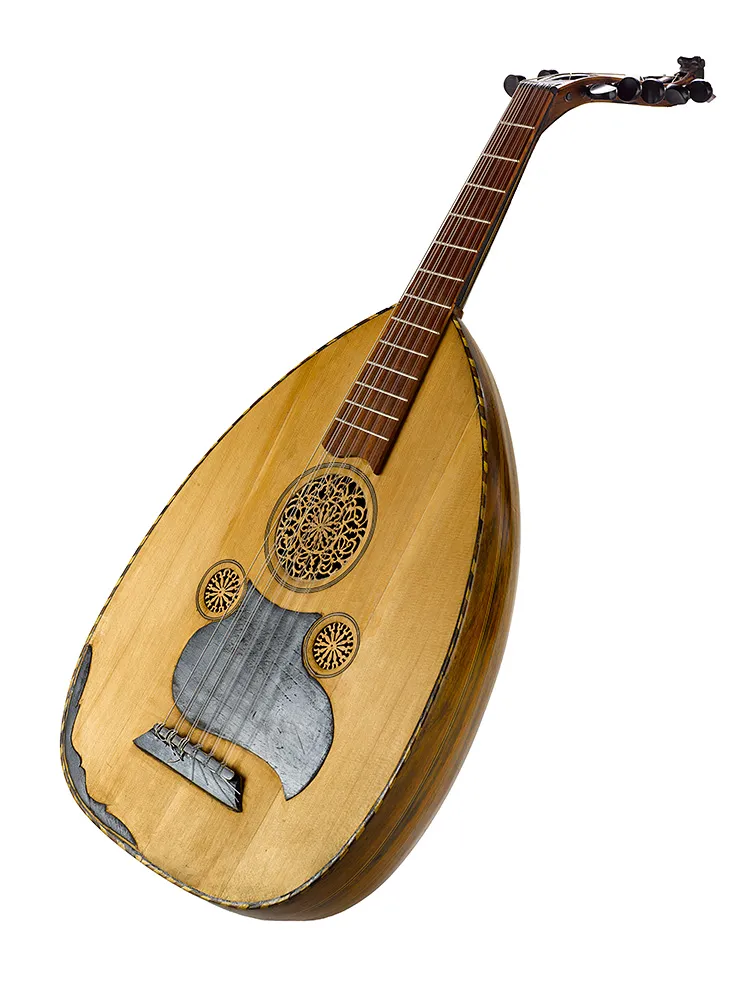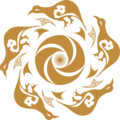
The outstanding court musician Barbad (Borbad Marvi; in Arabic – Fakhlabad, Fakhliz) performed during the late 6th – early 7th centuries. He played the lute with a name assonant to his own – barbat – and performed at the court of the penultimate Sasanid ruler of Iran Khosrow Parviz.
In the history of the musical culture of Iran, Khorasan and Central Asia, Barbad‘s merits are attributed to the fact that he created, systematized and canonized the melodic and modal “material” of the time. The name of this reformation-minded musician has been preserved in treatises on music, historical chronicles, poetry and other written sources in Eastern languages (mainly in Persian) even up to the present day. The symbolic image of Barbad is imprinted on book miniatures of various schools of painting, usually in scenes from the poem “Khosraw and Shirin” by various authors (Firdausi, Nizami Ganjavi, Dihlavi and others).
You can learn more about the topic in the book-album "The Musical Legacy of Uzbekistan in Collections of the Russian Federation" (Volume VI) from the series "Cultural legacy of Uzbekistan in the world collections".
The general sponsor of the project is the oilfield services company Eriell-Group.
